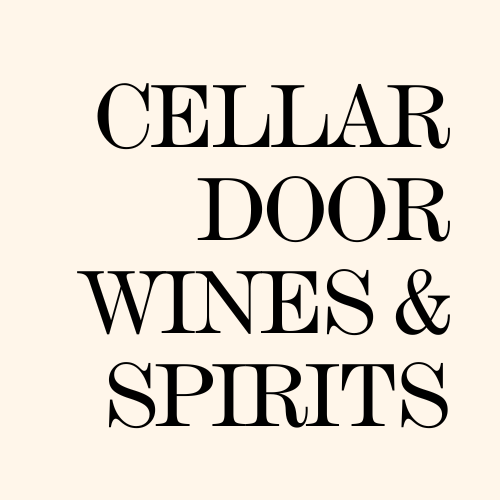
Bulli "Julius" Bolle Macerato Colli Piacentini Frizzante NV
Grower: Bulli Julius
Region: Emilia-Romagna, Italy
Grape Varieties: Malvasia di Candia Aromatica
Viticulture: Organic
Category: White, Sparkling
Size: 750ml
Bulli is our newest little gem from the northwest corner of Emilia-Romagna in the Colli Piacentini, those step hills, just south of Piacenza, squeezed between the Po river to the north and the Apennine mountains to the south. The area itself is sleepy, a time-capsule from the 1940’s, with farmers that still have that askance look of their forefathers, those ex-Roman soldiers who tended vines in retirement.
There’s a long tradition of making frizzante metodo ancestrale; in this area, and Bulli has been doing it for five generations, since the late 1800’s. Don’t get the idea that this is a family with a castle. The Bulli family is humble, easygoing, happy to serve locals everyday from their repurposed horse stall, where all the sparkling in the bottle fermentation happens. La Signora Bulli is especially proud of the medallion coins the family has won for its wines in the late 1800’s. They are a testament of it being a serious winery from the beginning. Her son, Leonardo Bulli, is especially proud of the fact that they never used SO2, in fact, senza solfiti aggiunti is written on their original vintage-kitsch style labels since the 1950’s. There’s no faux-retro going on here.
One key that helps preserve their wines without SO2, and gives them a sprightly character, is the soil. Bacedasco Alto is the town where the Bulli family has their house and horse-cellar, and it is right next to an important geological park that contains a series of ancient limestone calanques from the Pliocene period. Think of the calanques near the wine town of Cassis (without the sea ; ).
Between the amazing homemade salumi and gulping down some Bulli fizz with the family on my last visit there, I couldn’t quite understand a sentence in my notes: “La Signora Bulli says that they are famous for whales.” I mean that must be important, right!? It took me a few hours of digging around to figure out the area is famous for finding a large amount of whale fossils. The local museum has a great map of the geological park, and a cool video of the unearthing of a whale fossil in 1936.**
These are the kind of wines we are proud to import: a rich history, complex soils, hand-crafted and natural wines, good people – and a whale bone connection.
* We use metodo ancestrale for the bottle fermented wines. In Italy, you’ll hear rifermentato in bottiglia Emilia-Romagna, colfondo in Veneto, and a little bit of the word pét-nat, but that use is relatively new.
** We are working on getting the different soils and vineyards sorted with Leonardo Bulli and a soil scientist. For now, Leonardo has let us know that in general the soils are limestone rich and moderately alkaline. There are parts that have more clay content, some more sand, and some more iron. The three main soil types are under the soil names of San Faustino, Montemaggiore, Gorgognano. We’ll get back to you in trying to match up the soils to the bottled wines.
metodo ancestrale bottle fermented method. 5 days of maceration on the skins. Soft press of the skins. 10 - 15 day primary fermentation, with wine being vinified dry to less than 1gr/l of residual sugar. After winter (circa 3-4 months) grape must from the same vintage is added for secondary fermentation so wine is sparkling for spring.
